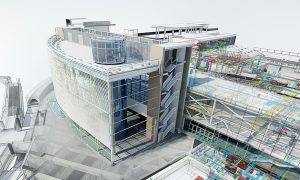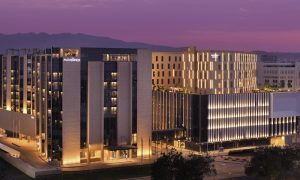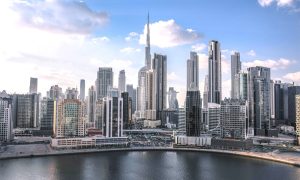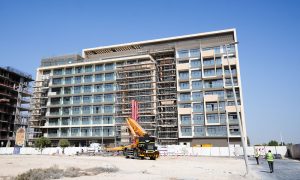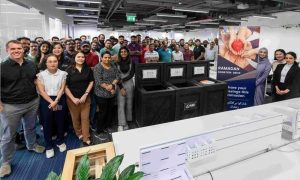Oman fighting hard to deliver development opportunities
Despite a gloomy 2020, the Sultanate’s rugged attention to the basics can propel positive change in the months ahead

After 2020 saw Oman’s economy shrink by 9%, investors are entitled to ask to what extent the nation’s slated $190 billion-worth of development projects are likely to be impacted in 2021.
Despite a raft of 2,410 active projects, Oman clearly doesn’t offer the cadre of mega projects we see in Saudi Arabia or the UAE, but nonetheless has proven highly attractive to investors because of its strong plans for economic diversification.
According to the World Bank, Oman’s economy is expected to make a solid recovery across 2021-2022, pushed by growing local consumption and the introduction of Value-Added Tax (VAT). Predictions include a likely 4% growth rate for the next two years, helped considerably by the recently-opened Ghazeer gas field in the centre of the country, which is expected to sustain strong energy demand and potentially encourage a flurry of new investments.
The best elements of that growth are suspected to be heavily back-end weighted towards 2022, when there will be the added push from the second phase of the valuable Khazzan field.
The Ghazeer field was also opened well ahead of schedule and indicates the Omani government’s efforts to ensure a sustainable supply of energy for the country’s power sector, as well as its rapidly expanding industrial sector – which are key to achieving the nation’s targets for economic diversification. It is also true, however, that while gas field development has been critical to meet growing domestic and global demand, it’s not on a scale that can dramatically lift the Omani economy by itself.
Total production capacity from the area titled Block 61 – which comprises both Khazzan and Ghazeer – is expected to rise to 1.5 billion cubic feet of gas per day and more than 65,000 barrels a day of associated condensate. With an estimated 10.5 trillion cubic feet (TCF) of recoverable gas resources, the block has the capacity to deliver approximately 35 percent of Oman’s total gas demand, according to global power titan, BP.
The World Bank also commented that inflation is likely to pick up to around 3 percent in 2021, due to an anticipated recovery in domestic demand, coupled with the introduction of VAT. As to the likely income from VAT, economists estimate revenue to be in the range RO 300-400 million in a fiscal year, helping offset the sharp decline in oil and gas export revenues while easing the annual budget deficit.
Additionally, His Majesty Sultan Haitham bin Tarik recently launched a far-sighted economic plan for the nation – another factor that market pundits see as a signal for more favourable times to come.
The five-year roadmap, dubbed the ‘Medium Term Fiscal Balance Plan’, provides a blueprint for achieving fiscal sustainability during this timeframe, notably by paring debt, prioritizing spending towards strategic national objectives, conserving and boosting State reserves, and monetizing government assets, among other goals.
The reality is that the Omani government views its present set of development opportunities as a starting point, not an end-game: but time will tell if the economy and the pandemic allow the financial basics to shape up in the way that is urgently required.



